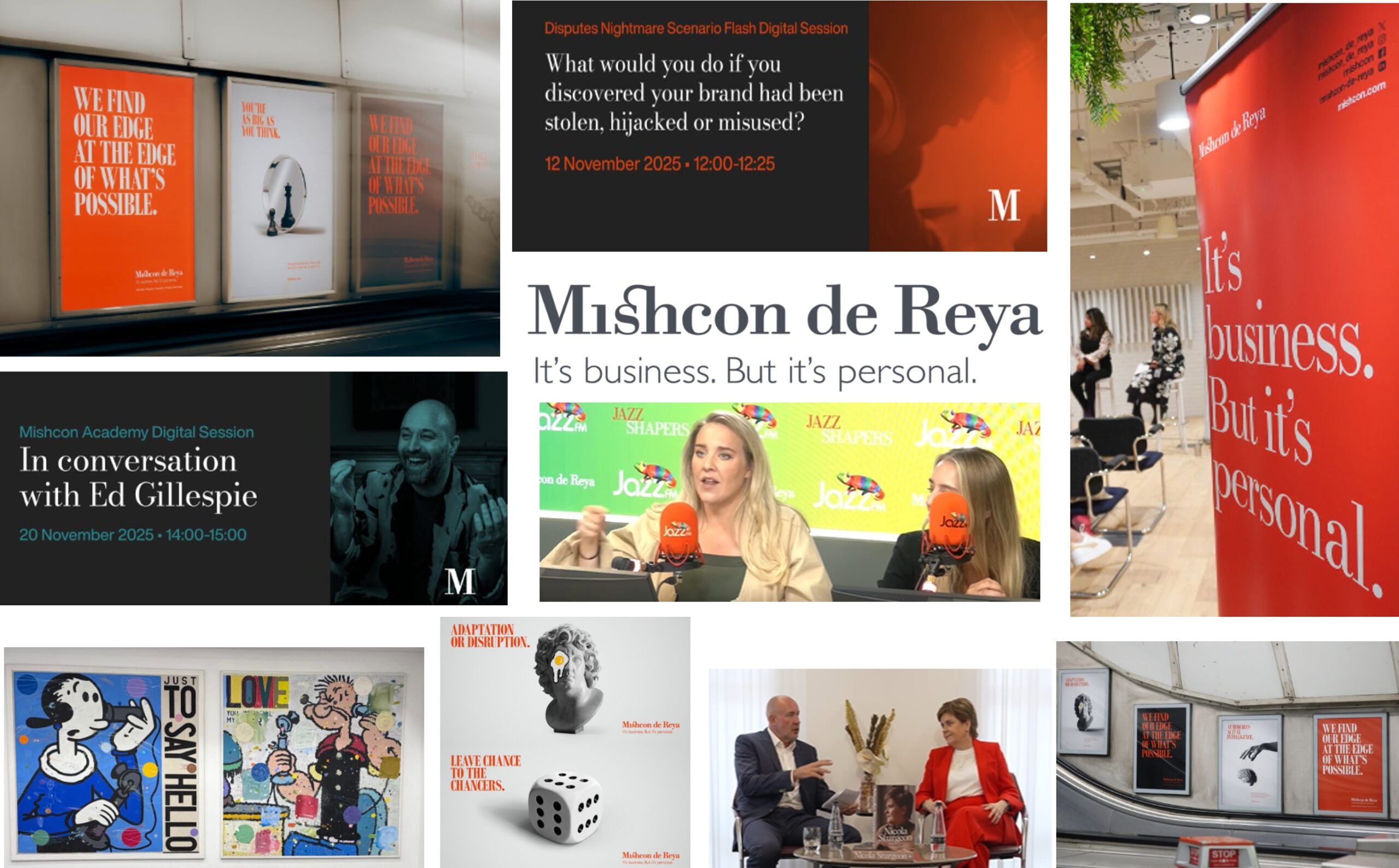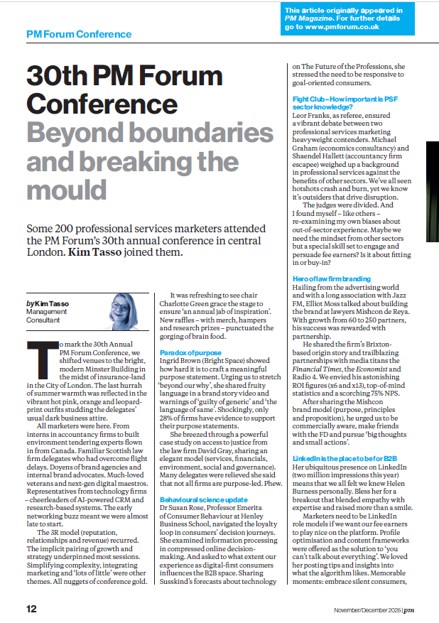
People often ask me about innovation in marketing. There is lots of information around on the subject – particularly as we struggle with how to move out of the Covid-19 pandemic restrictions, through technologically-disrupted markets and into whatever the “new normal” might be. So I thought I would revisit the Chartered Institute of Marketing’s (CIM) level 6 mandatory diploma course on “Innovation in marketing”. The CIM’s Innovation in Marketing course was introduced into the professional marketing qualifications syllabus in 2014. An official module workbook (160 pages) was published in 2019. The book is a high-level summary so it lacks detail for someone without prior marketing expertise. And please note that it does NOT address creativity in marketing communications.
The course module starts with a reminder of the core, technical and behaviour professional marketing competencies. It says that much of the module uses the Tidd and Bessant (2018) interpretation of an innovation strategy.
Disruption and innovation
There are reminders of core tools such as environmental scanning and PESTLE (or SLEPT or STEP) frameworks – with modifications for the latter to incorporate ethical issues. I recently made a video introducing PESTLE analyses within marketing audits. The Law Society produced an excellent PESTLE analysis of the legal market in 2016.
Schumpeter’s business cycles model is explored (this is covered in my commerciality courses).
A Blockbuster case study demonstrates the danger of ignoring emerging trends such as video streaming. The Gartner Hype Cycle for Emerging Technologies estimates how long it takes for a given technology to go through the life cycle stages of innovation trigger, peak of inflated expectations, trough of disillusionment, slope of enlightenment and plateau of productivity.
Beyond major shocks, most incremental innovation arises from six main sources: clients, marketing/sales teams, employees, competitors, suppliers and leaders. Clients are responsible for half of all innovation ideas – so support there for client listening programmes and co-creation workshops.
There’s a review of discovery theories (opportunities arise independently and are waiting to be discovered) and creation theories (innovation is driven by organisations and individuals developing new offerings). This links to market-driven and market-driving strategies respectively.
Schumpeter’s business cycles are revisited and particularly his ideas around creative destruction – whereby every new development is accompanied by the destruction of an existing way of doing things. His five drivers of creative destruction are worth considering:
- New goods, products or services
- New methods of production
- Opening a new market
- New source of supply
- New type of industrial organisation
Similarly, Clayton Christensen’s support for disruptive innovation and his observation that they are often inferior to incumbent products on accepted performance dimensions which are more likely to appeal, initially, to fringe markets before attracting the attention of the mainstream. We have certainly witnessed this with digital disruption in professional services.
Competitive advantage looks at Reeves and Deimler’s 2011 work on adaptability, mavericks, uncertainties, risk, multiple alternatives (scenario analysis) and speed. Michael Porter’s generic strategies are reviewed.
This section ends with analysing opportunities which touches on Bill Gates’ intuition and gut feel and Rita Gunther McGrath’s work on discovery-driven planning replacing traditional business plans. This is followed with an examination of how to analyse, evolve and innovate business models using The Business Model Canvas (Strategyzer, 2019).
Internal and external sources of innovation are explored before innovation networks. Business Process Re-engineering (BPR) starts with the seven stage INSPIRE framework by Bhudeb Chakravati with Proctor and Bain models afterwards.
Then the course dips back into the familiar external macro and micro environments with Porter’s Five Forces model (and Uber as a case study). It observes that “competitors are increasingly working together on co-ompetition”. Blue Ocean strategy also gets a mention with Nintendo Wii as a case study. It whips through leadership buy-in, forecasting and budgets and resistance to change including Lewin’s force field analysis.
Factors facilitating innovation in organisations
This section starts with nods to the importance of vision and leadership (transactional vs transformational). Then there’s a look at different organisational structures (entrepreneurial, machine, hierarchical, professional, divisional, product, adhocracy and matrix). Boundary scanning is suggested to overcome silos.
Then the elements of good team working are explored as well as the ways to foster a creative climate. Innovation networks are mentioned again (these were a key theme in the book “Range“ by David Epstein with stories of how Darwin made his breakthroughs by regularly connecting with a disparate collection of experts outside his field of expertise).
There’s a standard explanation of the differences between creativity, invention and innovation. Then disruptive and sustaining innovations in the context of product, process and platform innovations (Tesla’s mall show rooms and its transition to online sales was mentioned here). Open (e.g. IBM’s InnovationJam™) and closed (defence industries) and then incremental and radical innovation approaches follow.
Then the focus shifts to product, process, position and paradigm innovations. And market pull vs technology push sources of innovation. Travadi’s three types of business model innovation is summarised (industry model, revenue model and enterprise model).
From a pricing perspective there is a review of different sources of revenue. Porter’s value chain model makes an appearance using Aldi as an example,
Applying principles of innovation throughout the marketing function
This section addresses marketing infrastructure.
Organisation
The benefits of cross-functional and self-managing agile teams are highlighted before considering the importance of learning (Kolb features), training and development.
Information, knowledge and research
The importance of information sharing and knowledge management is next. The knowledge spiral (Nonaka and Takeuk) shows four areas of learning: dialogue, linking of explicit knowledge, learning by doing and working with teams. Adapting business models appears again with Osterwelder’s framework: direction, skills/mind set, power, motivation and information.
Then we are in familiar territory showing qualitative and quantitative market research techniques before returning again to innovation networks and I-Form organisations and collaborative learning.
New product development
There’s a swift look at the NPD process with a nod to screening, business analysis, testing and trials. We revisit our old friends – the 4Ps of the marketing mix and Rogers’ diffusion of innovation curve.
Then stakeholder relationships are explored. Fawcett’s Relationship Intensity Continuum is used to consider strategic alliances. Relationships with suppliers (with Kraljic’s purchasing model) and wider networks as a source of ideas are next. There’s a wonderful example of how Lego seeks ideas. There are brief mentions of ideagoras and crowd-sourcing.
The business case for innovation and risk
There’s a dedicated section on developing a business case for marketing-related innovation. And there’s a case study on franchising from McDonalds burgers. Porter’s value chain model re-appears. There’s support for agile organisations – drawing on McKinsey’s five trademarks:
- Strategy – North Star embodied across the organisation
- Structure – Network of empowered teams
- Process – Rapid decision and learning cycles
- People – Dynamic people model that ignites passion
- Technology – Next generation enabling technology
Benchmarking, collaboration and design thinking are added to the mix before feasibility analysis (Johnson et al framework of SAFe – Suitability, Acceptability and Feasibility). Then we move on to risk and benefit analysis using the Institute of Risk Management’s framework. Professor George Day’s (2007) framework for looking at a company’s innovation portfolio is reviewed before the book moves onto funding options for innovation.
There are useful templates for business case and project proposals.
Change management
This is tackled briefly with a nod to the Association of Project Management (APM)’s change models. The differences between evolutionary and revolutionary change are examined. Then it is on to stakeholder management through Mendelow’s power/interest matrix. But there’s an interesting case study on stakeholder management when Manchester United was acquired in 2005.
Implementation of innovative marketing
Naturally, the authors start with advice to build a marketing plan and suggest P R Smith’s SOSTAC model. See more details on developing a marketing plan.
This is supported with brief advice on research and goal-setting. And there’s a fast review of Ansoff’s market and service matrix and Porter’s generic strategies. I liked the material on adjacencies and wasn’t familiar with the Innovation Ambition Matrix (Nagji and Tuff, 2012).
I was delighted to see another old friend STP (Segmentation, Targeting and Positioning) make an appearance. Then there’s a mention of tactics with a nod to viral and guerrilla marketing and Carson’s 1993 model of entrepreneurial marketing.
For resource planning, there’s a reliance on the 5Ms model (Men, Money, Minutes, Materials and Machines) which feels rather outdated. But there’s a nice simple example of the beginnings of a project plan and a Gantt Chart so we return to project management (I wrote about CIM’s former course on project management in marketing). There’s a mention of evaluation and measurement criteria.
Strangely, it then returns to the subject of cultural change and organisational culture although attitudes to risk-taking are always worth considering. I enjoyed reading the case study on freedom to experiment at Google. Kotter’s 8-step change model (1996), learning theory and five factors theory are mentioned. Then McKinsey’s 7S model for cultural alignment. And the Institute of Risk Management’s Risk Culture Framework is also considered.
Planning to communicate about innovation
Happily there’s strong support for an internal marketing campaign to support innovation with guidance on conducting an internal audit (see video on external and internal audits) and segmenting the internal audience.
For planning external communications, there’s the RABOSTIC model from Pickton and Broderick (2005):
- Research and analysis
- Audiences
- Budget
- Objectives
- Strategy
- Tactics
- Implementation
- Control
Fills’ marketing communications planning framework – devised before the digital marketing revolution – is also offered. Then there’s a swift reminder about push, pull and profile tactics and an overview of all the marketing communication tools. There’s some brief material on evaluation and measurement criteria and metrics but nothing on analytics.
Contents
- How innovation and disruption influence organisational growth
- Assess the key factors that facilitate innovation in organisations
- Apply principles of innovation throughout the marketing function
- Develop a business case for marketing-related innovation
- Understand activities required for the implementation of innovative marketing
- Develop a plan for the communication of innovation
Further information about the CIM Innovation in marketing course.
Related links
Video: Leadership: Mavericks and Pigeons
Video: Introduction to marketing audits video
Differentiation strategies and innovation
Strategy in a post-Covid world
Managing change links
Change management and employee engagement
Change management and leadership
Book review – The Change Catalyst
Emotions during the change process (video)









